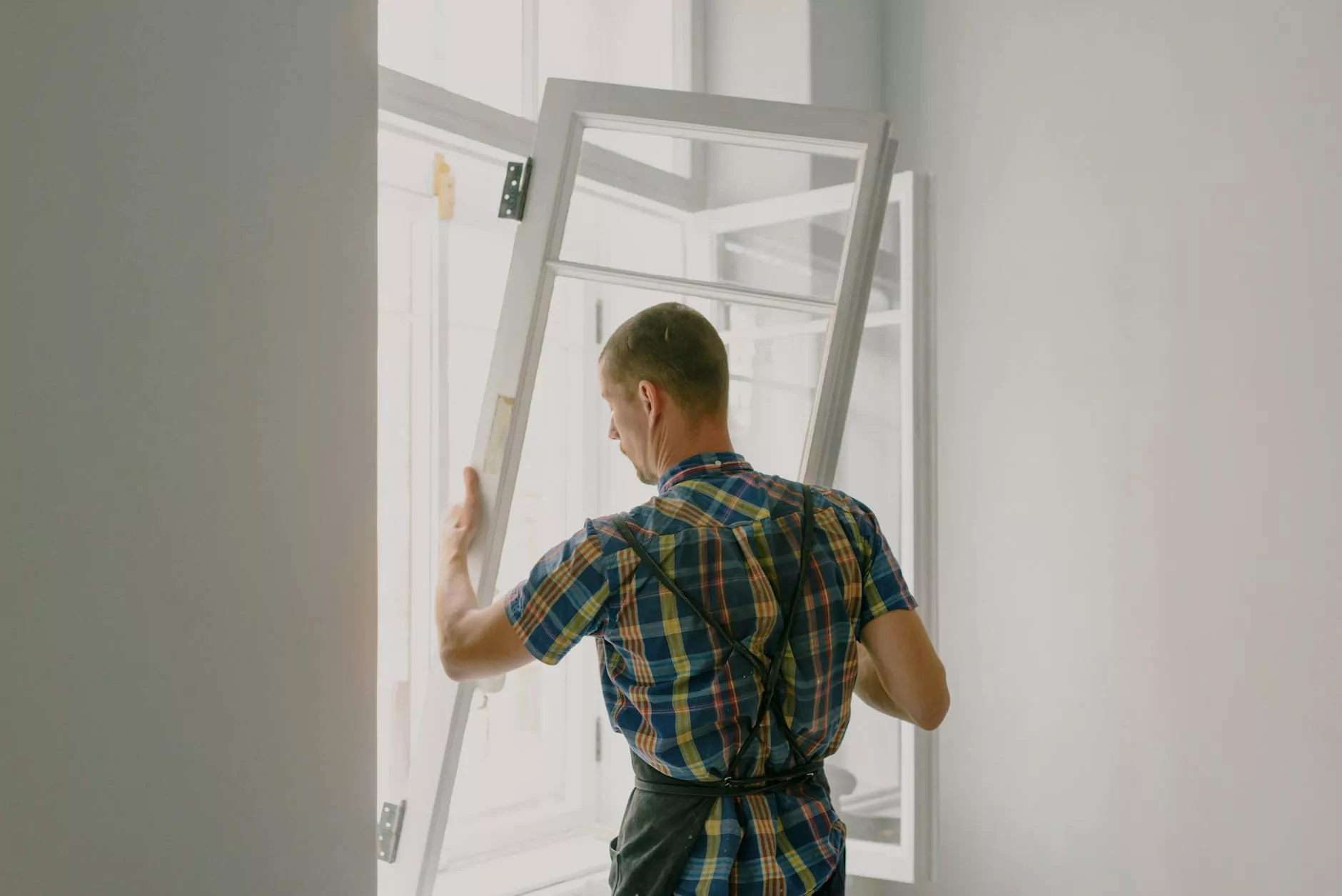Concrete Pool Renovation: Transforming Your Outdoor Oasis

As homeowners, we strive to create beautiful and functional spaces, and our outdoor areas are no exception. One of the most significant investments we make is in our swimming pools. Over time, however, even the most well-constructed pools can begin to show signs of wear and tear. That's where concrete pool renovation comes into play. This comprehensive guide explores everything you need to know about rejuvenating your concrete pool, from identifying problems to selecting the right renovation strategies.
Understanding Concrete Pool Renovation
Concrete pool renovation is a specialized process that focuses on restoring and enhancing the appearance and functionality of your swimming pool. This renovation can involve a range of services, from minor repairs to complete resurfacing. Whether your pool has suffered from cracks, stains, or discoloration, renovation can help restore its former glory.
Why Renovate Your Concrete Pool?
The question arises: why should you consider renovating your concrete pool? Here are several compelling reasons:
- Enhanced Aesthetics: A well-renovated pool can dramatically improve the overall look of your backyard, making it an inviting retreat for family and friends.
- Increased Property Value: A beautifully maintained pool can significantly increase your home’s value, appealing to potential buyers when it's time to sell.
- Improved Safety: Renovation can address hazardous issues such as sharp edges, cracks, and slippery surfaces, ensuring a safer swimming environment.
- Operational Efficiency: Upgrading your pool’s equipment and systems during renovation can lead to better energy efficiency and lower maintenance costs.
- Meeting Modern Standards: Renovation allows you to incorporate modern technologies and design trends to keep your pool up-to-date and functional.
Common Issues That Prompt Renovation
Recognizing the signs that your concrete pool needs renovation is crucial for maintaining its integrity and beauty. Here are some common issues:
- Cracks and Chips: Small cracks can lead to bigger problems, including leaks. It's essential to address these promptly.
- Staining and Discoloration: Algae buildup, minerals, and chemical imbalances can cause staining. Renovation helps restore the original color.
- Rough Texture: Over time, the surface of a concrete pool can become rough and unpleasant to the touch, making swimming less enjoyable.
- Old or Failing Equipment: Outdated pumps, filters, and heating systems can reduce your pool’s efficiency. Renovating gives you a chance to upgrade these items.
- Leaks: If you notice a significant drop in water levels, it could be a sign of a leak that requires urgent attention.
The Process of Concrete Pool Renovation
Renovating a concrete pool is a multi-step process that requires careful planning. Here’s an overview of what to expect:
Step 1: Assessment
The first step in any concrete pool renovation is a thorough assessment. This involves evaluating the current condition of the pool and identifying any specific issues, such as:
- Visible cracks or chips
- Surface stains or discoloration
- The condition of fittings and fixtures
- Water circulation and filtration systems
Step 2: Design Consultation
After the assessment, the next step is to consult with a professional designer. During this stage, you can discuss potential design changes, new features, and surface options. You may want to consider:
- Changing the color or texture of the pool surface
- Incorporating new water features like fountains or waterfalls
- Adding tile accents or lighting for an enhanced ambiance
Step 3: Preparation
Once the designs are approved, the preparation phase begins. This might involve:
- Draining the pool and cleaning the surface thoroughly
- Repairing any cracks or damaged areas
- Removing any outdated fixtures and equipment
Step 4: Renovation
During the actual renovation process, the following may occur:
- Resurfacing: This can include applying a new layer of plaster, pebble, or aggregate finish to give the pool a fresh look.
- Tile Work: If chosen, installing new tiles in specific areas (like the waterline) adds a luxurious touch.
- Equipment Upgrade: Installing new pumps, heaters, or filters is often done at this stage for better energy efficiency and performance.
Step 5: Finishing Touches
The final touches involve filling the pool back up, chemical balancing, and adding any desired accessories. Make sure to include:
- New pool covers
- Updated diving boards or slides
- Special lighting features for evening swims
Step 6: Maintenance
Once your pool is ready for use, it's vital to set up a proper maintenance routine to keep it in pristine condition. This includes regular cleaning, chemical balancing, and equipment inspection.
Choosing the Right Professionals for Your Concrete Pool Renovation
Selecting the right team for your renovation project is crucial. Here are some tips to consider:
- Experience: Look for contractors who specialize in concrete pool renovation and have a proven track record.
- References: Ask for references from past clients to gauge satisfaction and reliability.
- Portfolio: Review their previous work to see if their style aligns with your vision.
- Licensing and Insurance: Ensure that any potential contractor is appropriately licensed and insured for your protection.
The Costs of Concrete Pool Renovation
The cost of renovating a concrete pool can vary widely depending on the scope of work, materials used, and additional features. Generally, a full renovation can range from $5,000 to over $30,000. Here are some factors that influence the cost:
- Extent of Repairs: More extensive repairs or resurfacing will increase costs.
- Material Selection: High-end finishes and tiles can drive up the overall price.
- Upgrades: If you choose to upgrade your pool equipment, this will add to the total expense.
- Labor Costs: Geographic location also plays a significant role; contractors in urban areas may charge more.
DIY or Professional Renovation?
Many homeowners wonder if they can tackle some of the renovation work themselves to save money. While smaller tasks may be manageable, it’s often best to leave significant repairs and resurfacing to professionals. This ensures quality workmanship and helps to avoid potential safety issues.
Maintenance Tips Post-Renovation
To keep your newly renovated pool in excellent condition, regular maintenance is essential. Here are some essential tips:
- Regular Cleaning: Clean your pool weekly to prevent algae formation and debris buildup.
- Chemical Balancing: Test the water chemistry frequently and adjust as necessary to maintain clarity and safety.
- Routine Inspections: Check your equipment and surfaces for signs of wear or damage. Early detection is key!
- Seasonal Maintenance: Prepare your pool for winter or summer seasons with proper closing and opening techniques.
Conclusion
In conclusion, concrete pool renovation is an essential process that revitalizes your outdoor oasis, making it both more aesthetically pleasing and functional. By understanding the renovation process, recognizing when it’s time to renovate, and working with the right professionals, you can not only increase your pool’s lifespan but also enhance your overall enjoyment of your outdoor space. Don't let your concrete pool become a neglected feature of your property. Embrace the change and enjoy the many benefits of a beautifully renovated swimming pool!
To find out more about our pool renovation services, visit us at poolrenovation.com.









